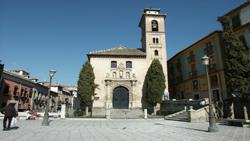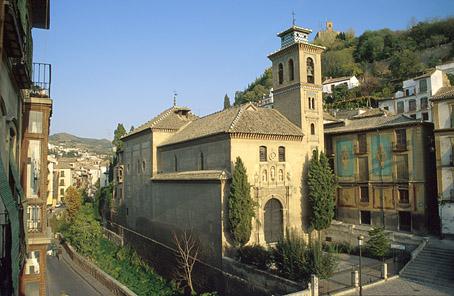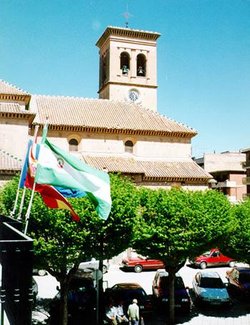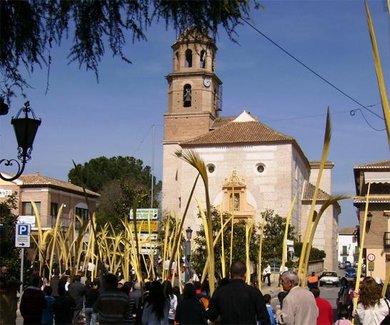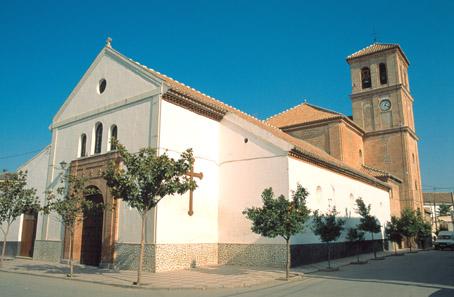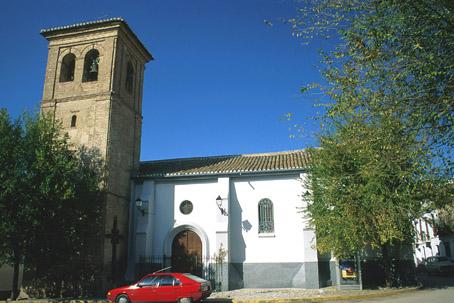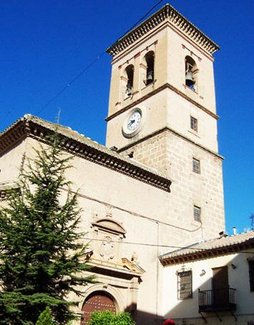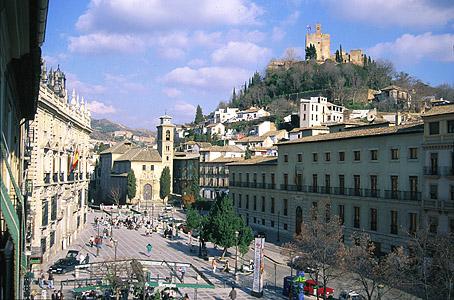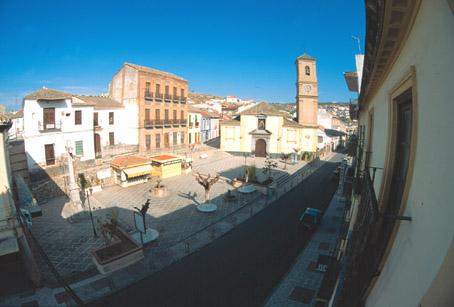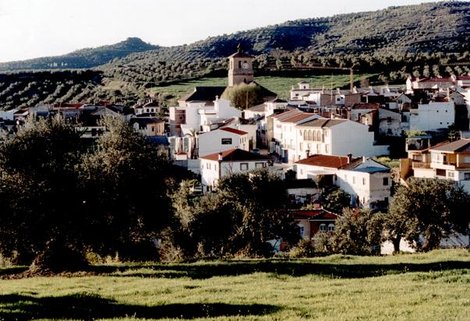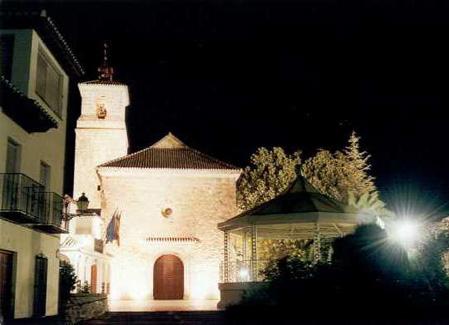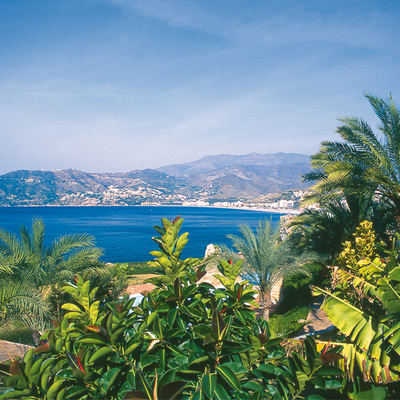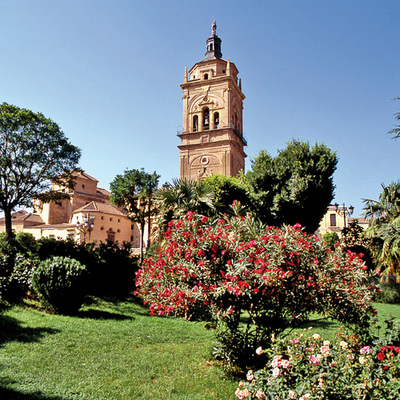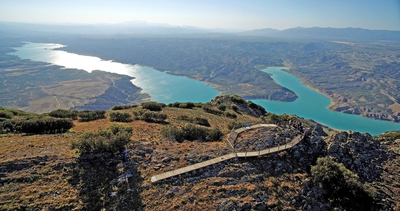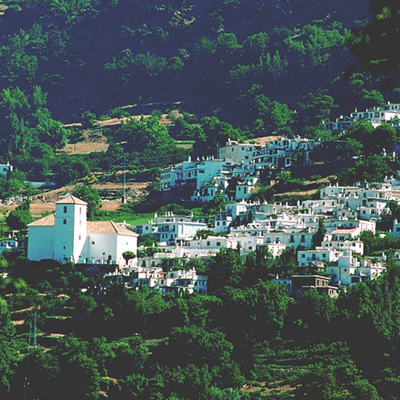THE KINGDOM OF GRANADA (II). Granada
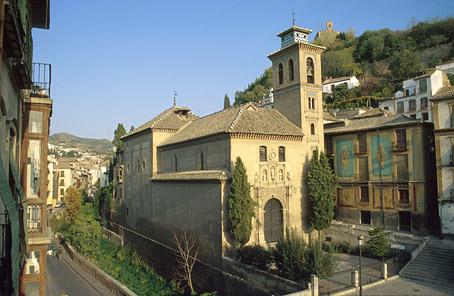
After the conquest of Granada in 1492, Ferdinand and Isabella undertook a wide programme of construction in the cities and towns of their kingdom, as a symbol of the new Christian power.
These took the form fundamentally in the creation of parishes and convents, where late Gothic and incipient Renaissance live alongside Mudéjar. Furthermore, carpentry achieved great development, with splendid interlaced rib vaulting.
In Granada, the best examples of late Gothic are the Royal Chapel and the churches of San Cristóbal and San Matías. Mudéjar is best seen in the churches of San José, Santa Ana, San Pedro and San Pablo, San Nicolás, San Miguel Bajo, San Ildefonso and San Bartolomé, with their characteristic towers.
The most outstanding convents are those of Santa Isabel la Real, La Merced and Santa Catalina de Zafra. Remarkable civilian buildings maintain late Gothic or Mudéjar features: facades, wooden Muslim ceilings and rib vaulting. Some examples are the Hospital Real, Hospital de San Juan de Dios, La Lonja, La Madraza, the Curia (old university), the Chancillería and the old Colegio de Niños Moriscos. There are Gothic remains in the palace of El Marqués de Casablanca. And there are several Mudéjar houses, such as those in Santiago Street, Nos. 5 and 9, San Juan de los Reyes 84, Carmen (typical hillside terraced house of Granada) de Aben Humeya, and Casa de Castril.
An itinerary around the area surrounding Granada - Vegas del Genil - leads us to the Mudéjar parishes of Huétor Santillán, Víznar, Alfacar, Pulianas, Albolote, Atarfe, Pinos Puente, Maracena, Churriana, Cúllar Vega, Armilla, Alhendín, Ogíjares, La Zubia, Huétor Vega, Monachil, Pinos Genil, Dúdar and Quéntar.

